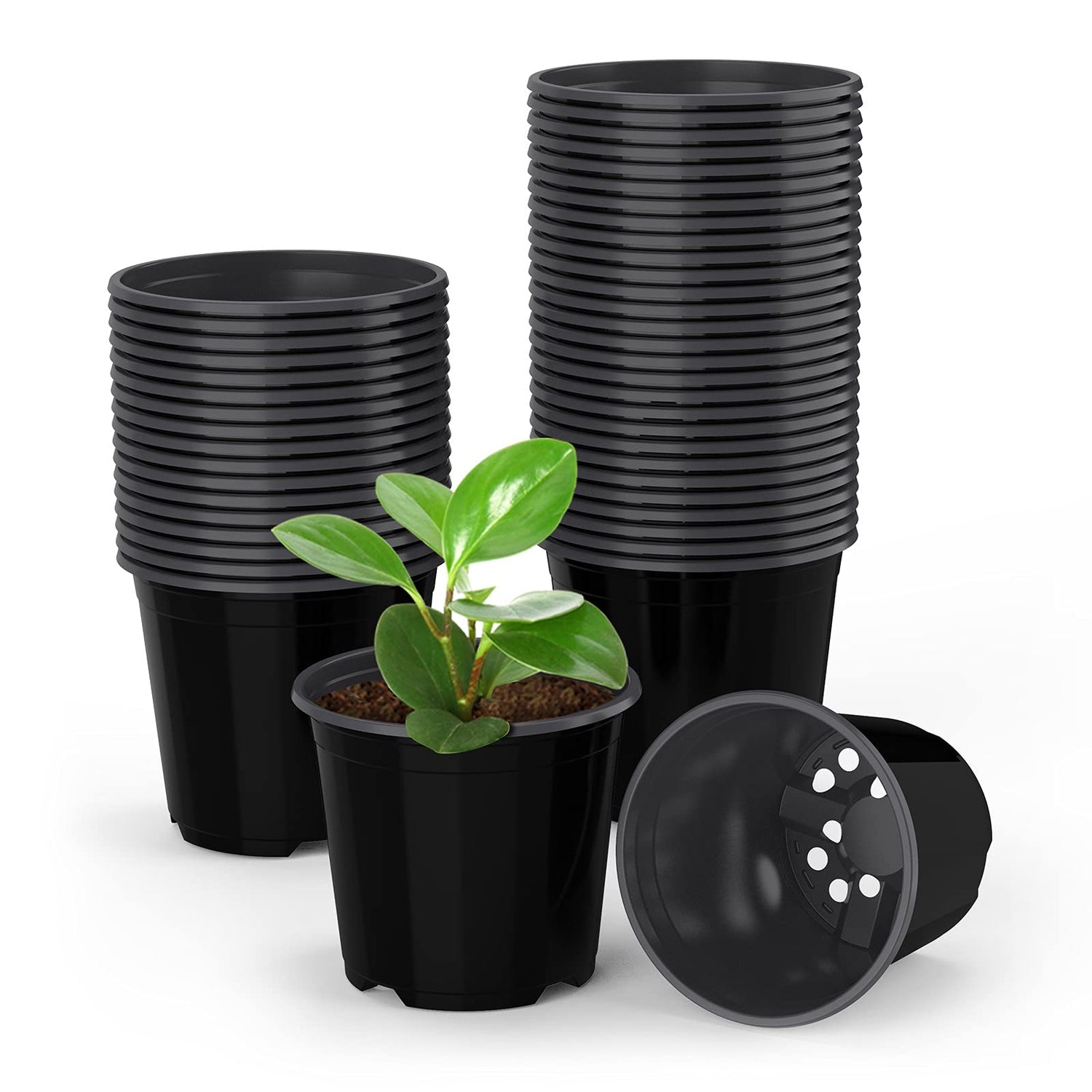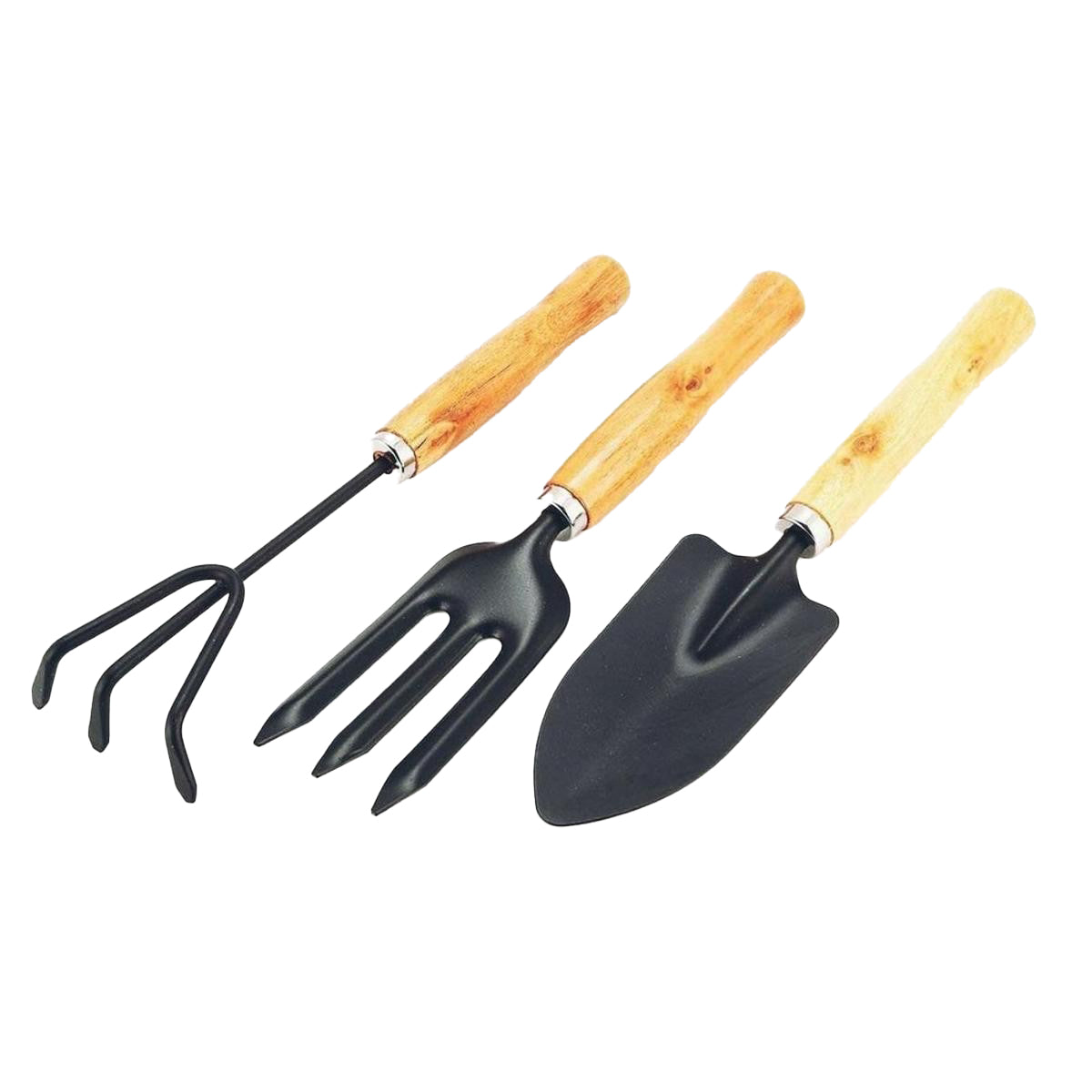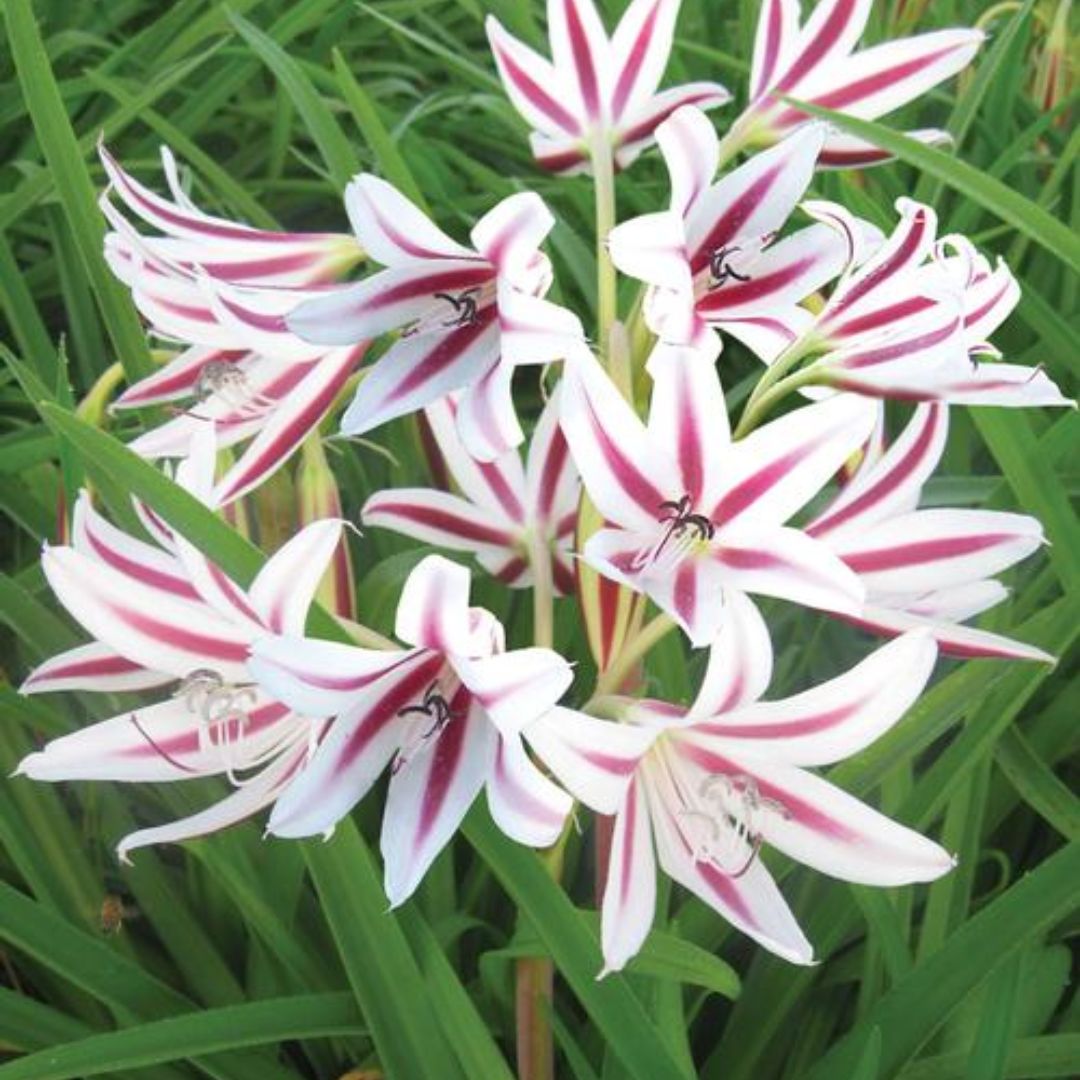
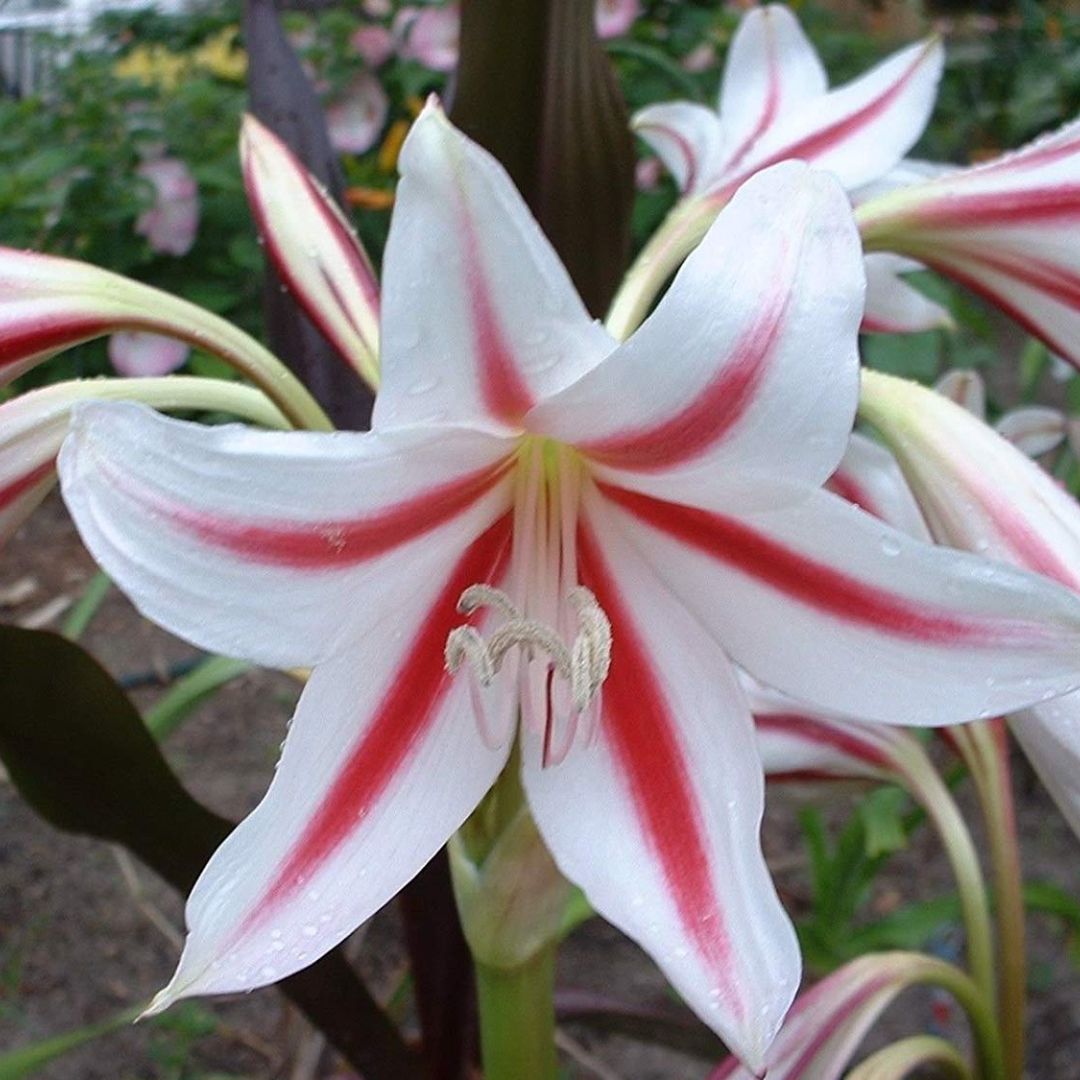
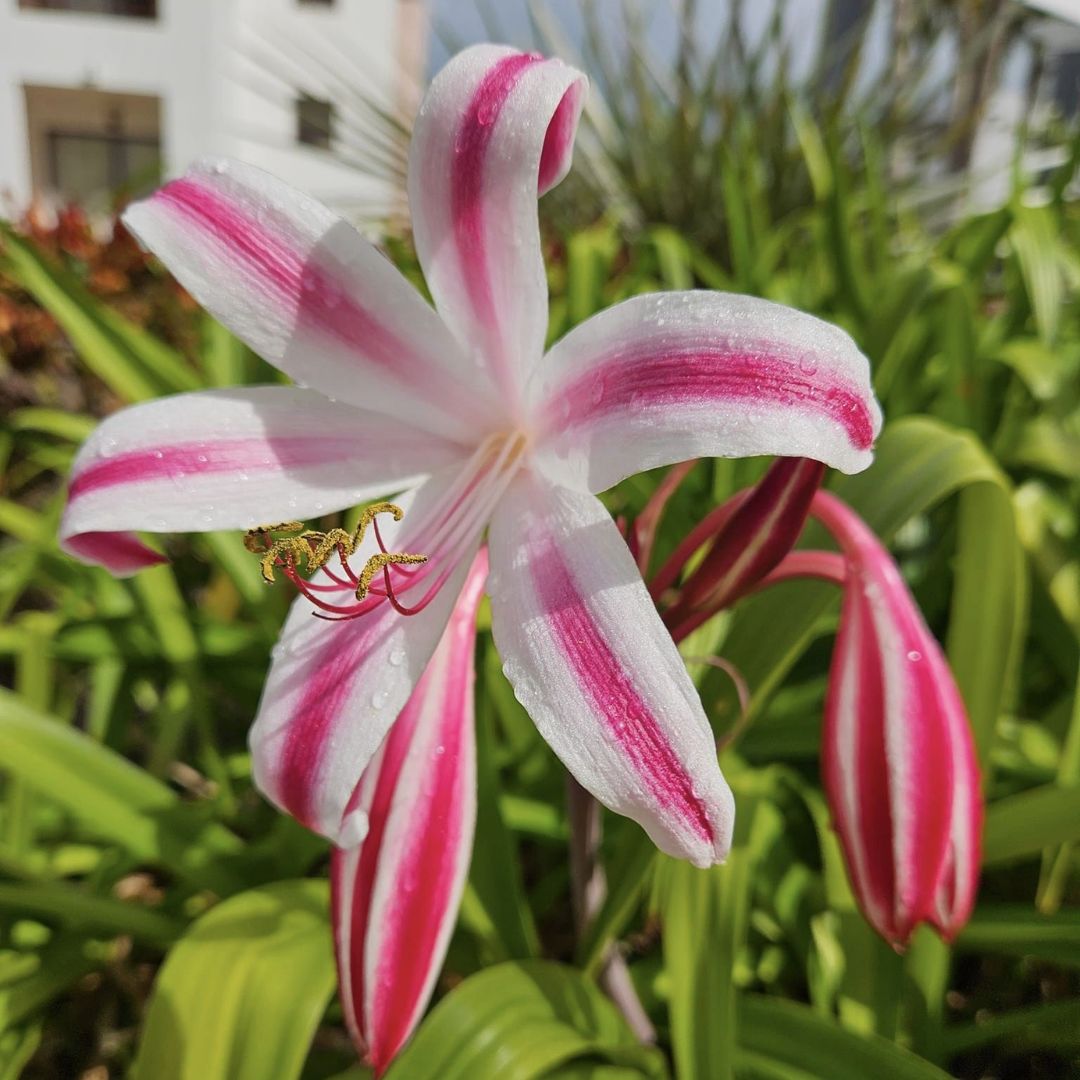
Milk and Wine Lily Bulbs (Crinum lily) produce dramatic white flowers with bold pink stripes and a mild fragrance — a perfect tropical highlight for pots, kiyaris, or sunny borders. These lilies bloom during monsoon, thrive in heat, and return every year with very little care.
Their large, star-shaped flowers stand on tall stalks and pair beautifully with broad green leaves. This variety is ideal for gardeners looking for bold color, fragrance, and long-term beauty.
Why Gardeners Love It
- Striped Blooms – White petals with bold pink streaks
- Fragrant & Tropical – Light scent and dramatic summer presence
- Perfect for Pots – Grow in 10–12 inch containers or deep beds
- Monsoon Bloomer – Flowers emerge after early summer rain
- Perennial & Spreading – Bulbs return yearly and multiply slowly
How to Grow Milk and Wine Lily Bulbs
When to Plant: February to May — July to August
Where to Plant: 10–12 inch deep pots, raised kiyaris, or garden beds with full sun
Soil Mix:
- Use 2 parts soil + 1 part Vermicompost
- Ensure moist, well-drained soil
Planting Instructions:
- Place bulb with the top exposed (neck above soil)
- Water deeply after planting
- Keep soil lightly moist — first flowers appear after early summer rain
Fertilizer & Care:
- Mix in Vermicompost during planting
- Feed monthly with NPK 5 15 45 to support blooming
- Trim old flower stalks but leave foliage to nourish the bulb
FAQs
1. How deep should I plant the bulb?
Plant with the neck just above the soil surface — not fully buried.
2. Can I grow Milk and Wine Lily in a pot?
Yes, it grows well in 10–12 inch deep pots with good drainage. One bulb per pot works best.
3. How long does it take to bloom after planting?
Usually 60–90 days, often triggered by the first strong rainfall of the season.
4. Will the plant survive winter?
Yes. It goes dormant in cooler months and regrows in spring. No need to remove bulbs.
5. How many flowers does one bulb produce?
Each mature bulb can send up multiple stalks per season, with several striped flowers per stalk.






